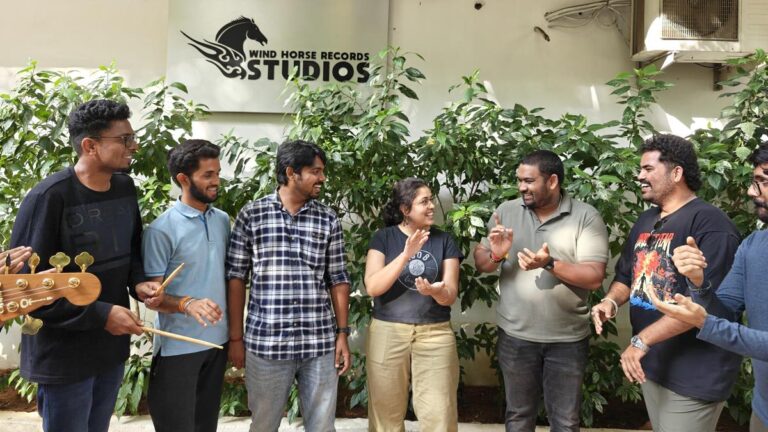At 90, Vaman Vishwanath Kumar’s passion for cricket remains, and of regrets there is no sign. At another time, perhaps in any other country, he might have had a long career as a leg spinner in the classical mould. When he made his debut against Pakistan with a five-wicket haul in 1960-61, chief selector Vijay Hazare said, “We have a spinner for another ten years.” Hazare was right in a way. We had a spinner for twenty years, but those years were devoted to Tamil Nadu, not India.
“He had mastery over his craft, and a passion that saw him at our nets bowling continuously from beginning to end of the session. He understood different wickets and knew how to bowl on each, making slight adjustments. He used the breeze blowing across the ground more effectively than most spinners,” recalled former Tamil Nadu opener V. Sivaramakrishnan who played Ranji Trophy with him.
Gundappa Vishwanath, one of the finest players of spin said, with a mixture of pride and praise for an opponent, “I didn’t play too badly against VV.” He went on to say, “He was responsible for my only pair in first class cricket. Venkatraghavan had me caught for zero in the first innings. In the second I was stumped off Kumar, and that too defending, at Chepauk.
“His accuracy was unbelievable; his love for the game extraordinary. I saw him at Chepauk after he had turned 50, bowling in the afternoon at a single stump in an empty net.”
Perhaps that’s it. There’s a purity about Kumar’s love for the game that enabled him to take the disappointments in his stride. That, and his sense of humour which made light of setbacks. It all began with a golf ball which Kumar “bought for four annas” when he was 11 and discovered that “when you throw an off-break against a wall it came back as leg spin. And the more revs you employed, the faster it came back.”
Fantastic debut
Kumar had to take 143 wickets in five Ranji seasons (average 17.86) from 1955 before he could impress the selectors who were looking for a leg spinner to replace Subhash Gupte. With the sixth ball of his first over, Kumar dismissed Imtiaz Ahmed and finished with figures of 37.5-21-64-5. Any idea of settling in for a long international career ended after the following Test, against England, against whom he played with an injured wrist.
“I was only fifty percent fit,” recalled Kumar in a telephone conversation, speaking with the same urgency and clarity I remember from the first time we met some four decades ago. “I played because the Board bigwigs insisted. They were convinced the Englishmen couldn’t play spin. M.J. Gopalan came home to convince me.”
Ken Barrington made an unbeaten 151, Kumar went wicketless, giving away 70 runs in 27 overs, although with some luck he could have had Barrington and Ted Dexter stumped. Chandu Borde, bowling leg spin, had three for 90. The Indian thinking those days was that a batter who could bowl a bit was preferable to a specialist. When the Indian team for the West Indies was picked, Kumar wasn’t in it. In the first Test at Port of Spain, all the main spinners — Polly Umrigar, Borde, Salim Durrani, and Bapu Nadkarni — were the leading batters too.
Praise for Gupte
The search for Gupte’s successor, which should have ended with Kumar, continued. “Subhash and I were friends from my university days,” said Kumar, “He could not only turn the ball appreciably, he could control the amount of turn too. We bowled a similar arc. He could turn the ball on glass, and understood how to bowl on different days of the match.” It is a wonderful tribute from the practitioner of a similar craft.
Kumar’s generosity, his empathy and his passion come through in conversation. In the home series following the West Indies tour, Bhagwat Chandrasekhar made his debut, against England, and, as Kumar said without any rancour, “India’s great spin combination began to take shape.” A member of that combination, Srinivas Venkatraghavan, was Kumar’s partner for years in the Ranji Trophy. Together they claimed 949 wickets, Kumar being the first to 300 wickets and then 400.
V.V. Kumar might have been born in the wrong era, but his values are eternal.
Published – June 25, 2025 12:30 am IST





